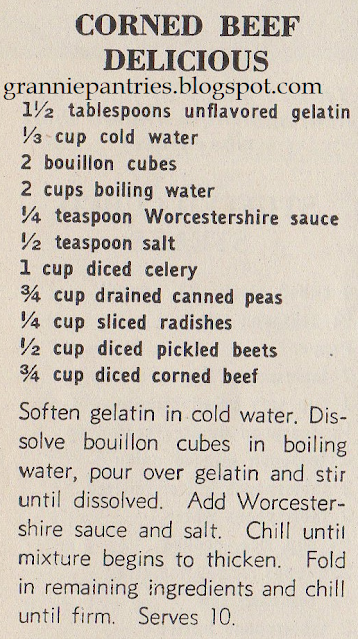It's graduation season, which means time to make graduation cakes! Sure, people now tend to just buy one from a grocery store or bakery, but the April 1972 issue of Mail Box News (from the Maid of Scandinavia Co.-- a defunct mail-order catalog for baking supplies and other Scandinavian-themed household goods) reminds us that graduation cakes back then were mostly homemade affairs.
This issue recommends a graduation hat cake, presumably because the decoration involves ordering the company's white wire, magic mold pan, and most importantly, its 10-inch square separator plate.
The separator plate is essential because "cardboard will warp with the amount of icing required." So, in short, the instructions are to create a smallish cake topped of with a big icing-covered hunk of plastic and wiry tassel.
I personally prefer the reader-submitted cakes, such as this little cake with a tiny graduate figure walking between the tiers (and hoping the construction is sound enough she will not be crushed by the top one).
There's just something about that wonky "GINGER" (or maybe "GINEER"?) that I adore. I'm sure it was difficult to write a message in icing on a vertical surface.
Another reader sent in a picture of an extremely round and adorable owl cake.
I love that the cupcake feet make the owl look pigeon-toed. The accompanying note recommends that decorators have fun with the colors. This little guy is (apparently) orange-and-blue themed for the school colors-- at least, if the note is to be believed. Obviously, the black-and-white picture doesn't give the audience much of a clue...
These old-style decorated cakes look like something my grandma would have made. I would sit and watch her decorate cakes for hours when I had the chance as a kid.
And if you're disappointed not to get a recipe, perk up! There is a cake recipe near the end for those who are tired of more traditional flavors like vanilla, chocolate, or banana:
Make the graduate eat their beans! I'd probably swap out the walnuts for pistachios so there would be some plausible deniability about why the cake is oddly green.
In any case, a lima bean cake is unlikely to be the worst thing to happen to a graduate this year, given-- you know. (Vague gesturing toward the pile of rubble that is 2025 thus far.) Given that, a lima bean cake might just be perfect: an attempt to make the best out of what you've got, even if it's not ideal. Welcome to life as a grown-up.




















































